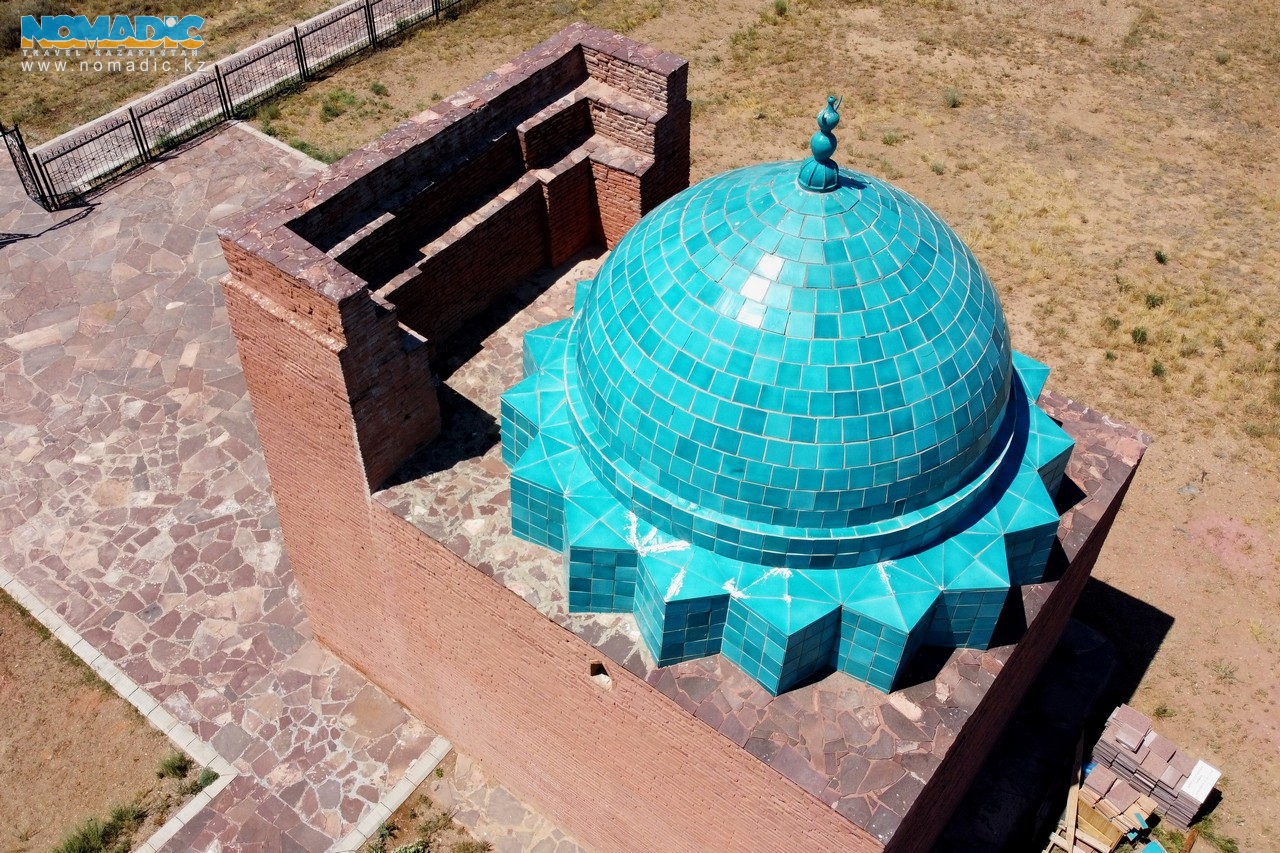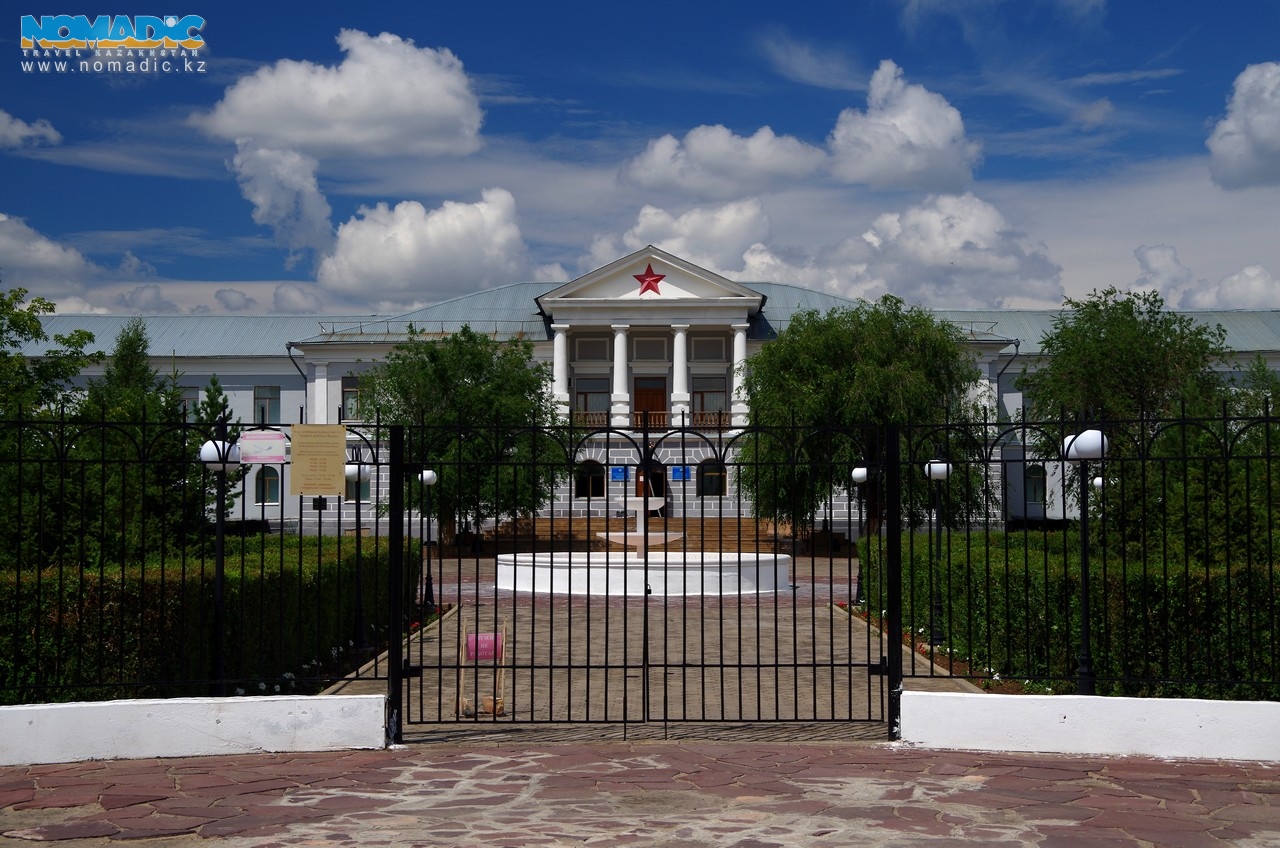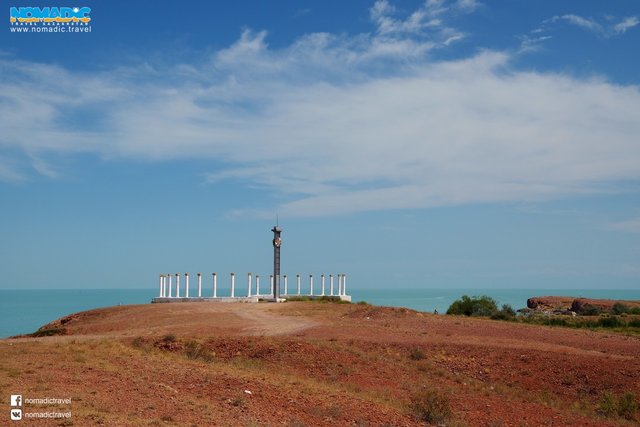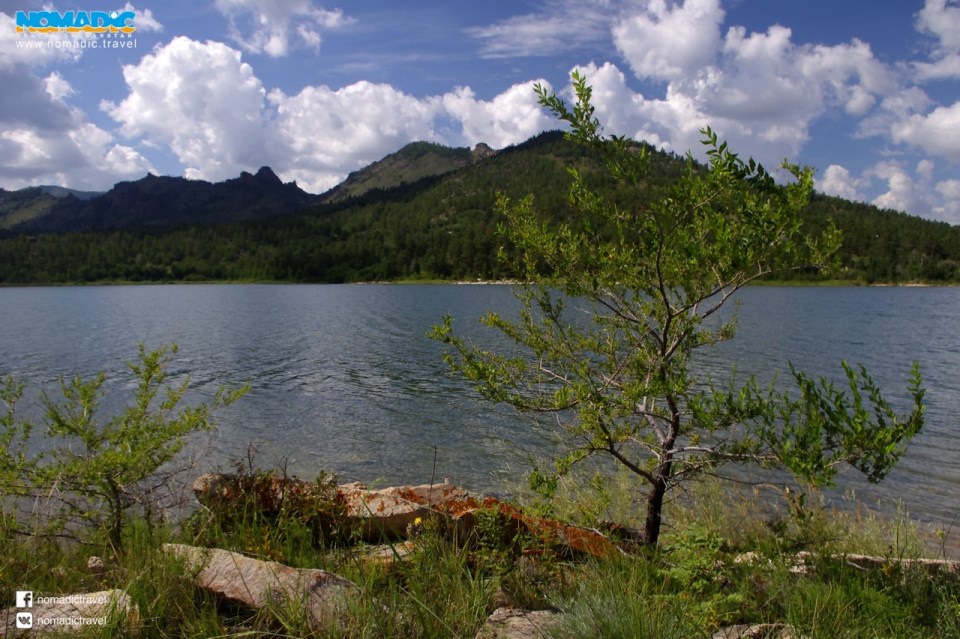North Kazakhstan is a vast territory, probably best known for its myriad lakes and a number of mountain resorts, has been a popular tourist destination both for Kazakhstanis and for Russians for many years. It occupies all the lands from the Transuralian and Turgaiskoye plateaus in the west to the Kulundinskaya plain and the central tributary of the River Irtysh in the east. It is bounded by the northern fringes of the Sary-Arka steppe in the south and the southern areas of the west Siberian plain in the north. The region comprises four oblasts: North Kazakhstan oblast, with its capital at Petropavlovsk; Kostanai oblast, with its capital at Kostanai; Pavlodar oblast, with its capital at Pavlodar; and Akmola oblast, with its capital at Kokshetau. The capital of Kazakhstan, Astana, is located in the south-east of Akmola oblast but is administratively independent of it.
The low-lying steppe and forest steppe of the north Kazakh plain predominate in north Kazakhstan, giving way in places to low hills such as the Kokshetau range and lake basins such as the Turgaiskaya depression. There are also some mountains, however, and mountain resorts, most notable among them being the one at Borovoye, although Bayanaul and Zerenda are also well known.
The region’s three major rivers are the Irtysh (Yertis in Kazakh), the Ishim (Yesil) and the Tobol. All flow north. The region abounds in lakes, the largest ones being Tengiz, Siletitengiz, Kushmurun and Sarykopa.
All the region’s major towns were founded around the same time, in the 18th and 19th centuries. Established initially as fortresses guarding Russia’s south-eastern frontier, they later lost their military significance and became commercial centres, thriving on trade with Central Asia and China. This period has left its mark on these cities: besides the many imposing merchants’ houses that survive from that time, and other features common to the colonial provincial towns of those days, an atmosphere redolent of the time seems to permeate their older districts.





